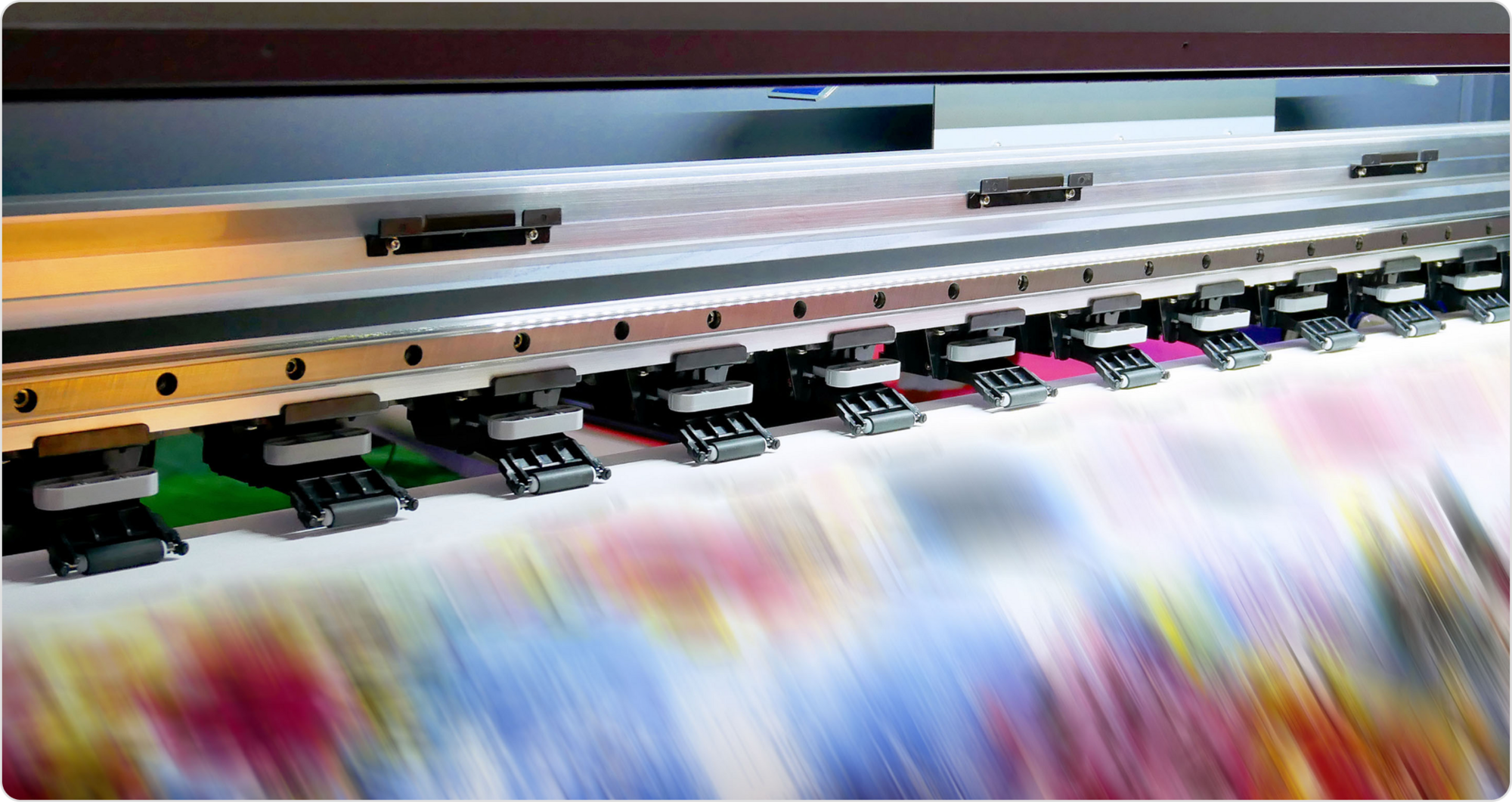Sublimation printing

Sublimation printing transforms blank products into colorful, personalized items with long-lasting designs.
From apparel and accessories to home decor, this versatile technique produces vibrant, full-color prints that won't crack, peel, or fade.
Are you curious about how this printing technique works or if it's right for your next project? Read on to learn about sublimation printing, its process, benefits, and creative possibilities.
What is sublimation printing?
Sublimation printing, or dye sublimation printing, is a method of printing that uses heat to transfer dye onto materials like fabric, paper, or plastic.
In sublimation printing, special sublimation dyes are printed onto transfer paper and then heated.
The heat causes the dyes to turn into gas, which then penetrates the surface of the material and solidifies into its fibers. As the gas cools, it returns to a solid state, becoming a permanent part of the material.
This process allows for full-color, high-resolution prints that won't crack, peel, or wash away. It's particularly effective for creating vibrant, all-over prints on items like t-shirts, mugs, phone cases, and more.
How does sublimation printing work?
Let's break down the sublimation printing process step by step:
- Design creation: The artwork is created or prepared digitally, ensuring it's optimized for sublimation printing.
- Printing onto transfer paper: A sublimation printer prints the design onto special sublimation transfer paper using sublimation inks.
- Preparation of the substrate: The item to be printed (e.g., a t-shirt or mug) is prepared. For best results, it should be made of polyester or have a polymer coating.
- Heat press application: The printed transfer paper is placed onto the item, and both are put into a heat press.
- Sublimation process: Under high heat and pressure, the sublimation ink turns into gas, permeates the polymer fibers or coating, and then solidifies.
- Cooling and finishing: The item is removed from the heat press and allowed to cool, permanently setting the design.
The entire process can take just a few minutes, resulting in a product with a high-quality, full-color design that's resistant to fading and wear.
Sublimation printers: How they work
Sublimation printers are specialized inkjet printers that use sublimation inks instead of standard inks.
These inks contain solid pigments that turn into gas when heated, allowing them to bond with plastic polymer fibers and coatings.
While they may look similar to standard inkjet printers, sublimation printers vs inkjet printers have some key differences:
- Ink type: Sublimation printers use special sublimation inks, while inkjet printers use liquid inks.
- Print medium: Sublimation printers print onto transfer paper, not directly onto the final product.
- Heat activation: Sublimation prints require heat to transfer and set the design, while inkjet prints dry through evaporation or absorption.
Pros and cons of sublimation printing
Understanding the advantages and disadvantages of sublimation printing can help you decide if it's right for your project:
Pros of sublimation printing:
- High-quality, full-color prints
- Durable designs that won't crack, peel, or fade
- Ability to print edge-to-edge or all-over designs
- Ideal for small batch or one-off productions
Cons of sublimation printing:
- Limited to polyester fabrics or polymer-coated items
- Can be more expensive for large quantities compared to some other methods
- Light-colored or white substrates work best; can't print on dark materials
Comparing sublimation printing with other methods
Now, let's compare sublimation with screen printing, DTF printing, and heat transfer printing:
Each method has its strengths and disadvantages, so the best choice depends on your specific project requirements.
What designs work best with sublimation printing?
Sublimation printing excels at creating vibrant, detailed designs. It's particularly well-suited for:
- Photorealistic images
- Complex illustrations with gradients or blends
- All-over patterns
- Designs with many colors
- Fine details and small text
Unlike some other printing methods, sublimation can handle intricate designs without loss of quality. However, it's very important to note that sublimation works best on white or light-colored materials, as white ink can't be printed.
The best products for sublimation printing
Sublimation printing can be applied to a wide range of products, as long as they're made of polyester or have a polymer coating. Some popular items include:
- Polyester t-shirts and apparel
- Picnic blankets
- Mousepads
- Notebooks
- Tote bags
- Umbrellas
When choosing products for sublimation printing, opt for items with a white or light-colored surface for the best color reproduction.
The polyester content should be at least 65% for fabric items to ensure good ink absorption and color vibrancy.